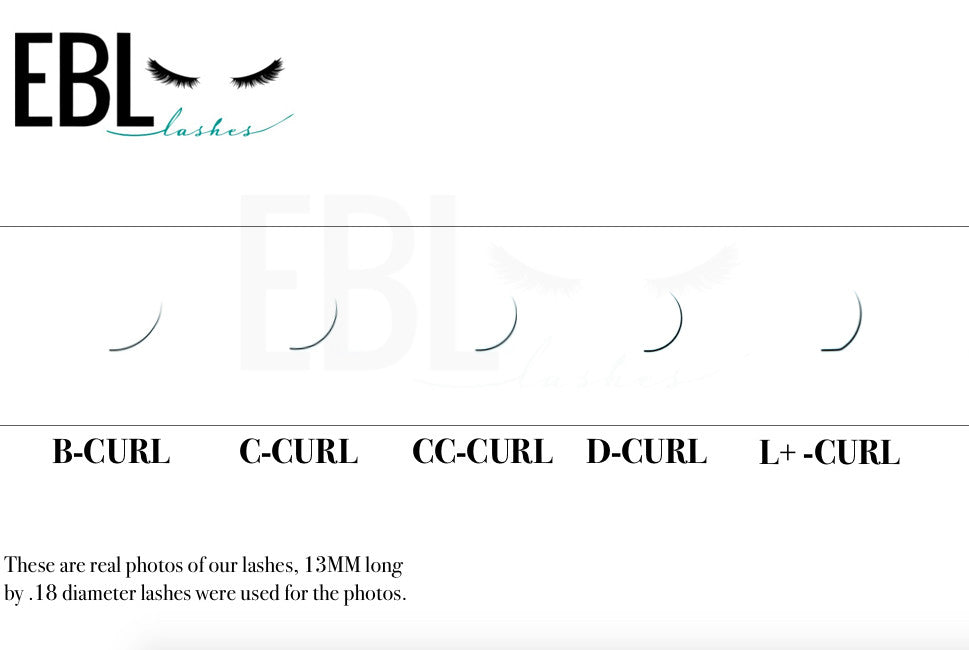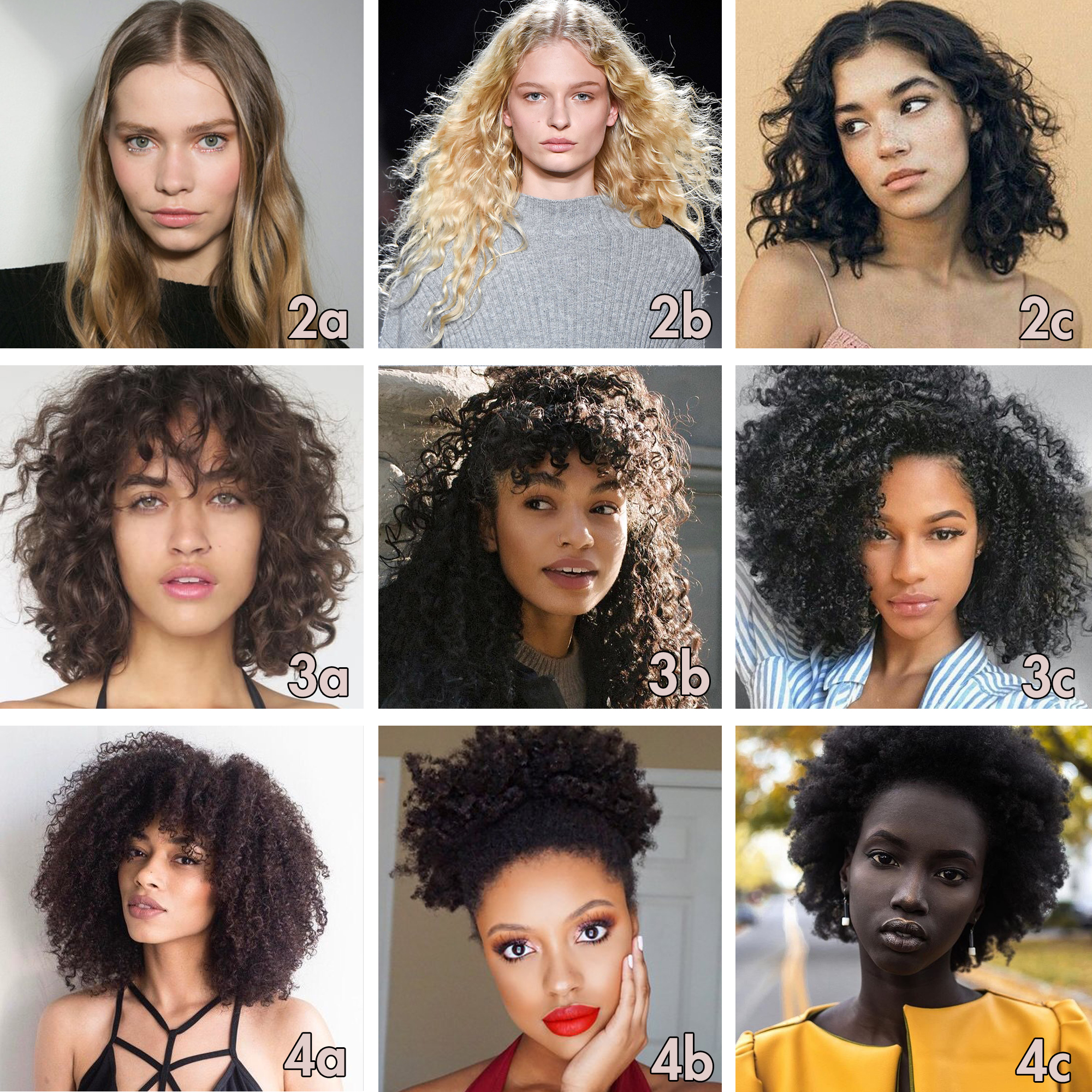
#Curl chart how to#
Keep scrolling to get more familiar with your curl texture type, curl pattern, and how to best care for your own curly crown. Play icon The triangle icon that indicates to play “If your hair is fine, you want lighter products than if your hair is dense, so that your hair isn’t weighed down,” Breyer says. Those with low porosity hair require more moisturizing products because their hair has a difficult time absorbing products,” she notes. Breyer explains that if you have high porosity hair and want more curl definition, you may need a higher hold product, because your hair sucks in moisture like a sponge. “Porosity and density are also important factors when getting to know your hair-in some cases, even more, important factors than curl type,” explains Michelle Breyer, co-founder of and the author of The Curl Revolution. In addition to familiarizing yourself with your curl pattern, it’s helpful to understand your hair’s porosity and density. “It will help you to set or reset your expectations of what can be achieved, which makes for a happy and harmonious relationship with your hair.” Why is it important to become familiar with your curl pattern? “Getting to know your hair and identifying the textures you have is important to help you understand how to care for it, how to go about styling it, and how to best look after it,” says Vernon François, celebrity hairstylist and founder of the Vernon François Haircare collection. Rather than defining your curl type vaguely, we asked two experts to guide us on curl types from 2a to 4c curls, so you no longer have to take a guess. Categorizing your curl type is quite the mission, and most of the time, finding a starting point is overwhelming. In reality, they are intricate and can't fit into one broad category of "curls," just because you have curly hair. Products that moisturize hair optimally throughout the day and protect it from frizz without deflating the ringlets are a priority.Curls aren’t a one-type-fits-all.

It’s good to note that there is a disparity in several hair type charts: Some have only two subcategories for Type 3 hair-3A and 3B-and other, more natural-hair-friendly charts, include a 3C type, which is the classification for very tight, almost Z-like corkscrews, but which still retain definition.

Curly hair is also fragile and prone to breakage and damage, especially when treated roughly or subjected to chemical treatments. It is considered a dry hair type due to the coils that make it harder for sebum to evenly coat its lengths.

Type 3 ranges from loose ringlets (3A) to tight corkscrews (3C), regardless of ethnicity-although “natural hair,” as it’s defined in the vernacular, is a term typically used to refer to the natural texture of those of African-American descent. It is also, for the most part, where the natural hair chart classifications start. Dove Anti-Frizz Oil Therapy Shampoo and ConditionerĬurly hair is categorized as Type 3 hair and is grouped via the tightness of its curls.They also love styling products that impart body, bounce, and lift to fine, limp hair. Type 1 hair benefits from lightweight clarifying daily moisturizers and volumizing wash and care systems. It is also generally considered to be curl-resistant and can range from superfine and fragile (1A), fine and thin (1B), or thick or coarse (1C). It is also considered to be the most resilient and oiliest of hair types, as sebum from the scalp can easily make its way down to the hair tips. Straight hair is classified as Type 1 hair. Before we delve into these latter classifications, though, let’s define the hair chart as a whole. The natural hair chart categories start from 3A upwards, though sometimes can even include a 2C. very fine, straight hair is classified as 1A, and Z-coiled, kinky hair is a 4B/C. This indicates an increasing level of texture, i.e. Each group is then subdivided into A, B, or C. One of the most popular hair classification charts categorizes hair into four groups: straight (1), wavy (2), then naturally curly (3), and tightly coiled (4).

The Natural Hair Chart Classifications: 3A to 4C We’ve broken down a simple way to navigate the natural hair chart for those that need a bit of a primer. For women who don’t know their curl type and want to find out what it is, they can simply use this chart and pick out the correct products for them. The hair chart streamlines the needs and products for each specific hair type. Thanks to celebrity hairstylist Andre Walker and his hair type classification system, categorizing your strands with a hair chart, which also includes natural hair chart classifications, has become wildly popular.


 0 kommentar(er)
0 kommentar(er)
